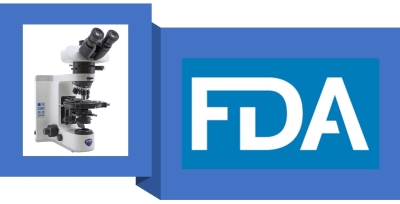FDA To Propose Updated Regulations For Talc-Containing Products
Last week the U.S. Food and Drug Administration, in conjunction with their Interagency Working Group on Asbestos in Consumer Products, released a document containing the opinions of scientific experts suggesting changes to the FDA’s current testing methods for talc and talc-containing cosmetics.
Consequences of Industry Self-Regulation
According to Susan Mayne, Ph.D., director of the FDA’s Center for Food Safety and Applied Nutrition, “We have become aware that methods employed by some industry members to test for asbestos in talc-containing cosmetic products may not always detect the presence of asbestos.”
Indeed, the long-documented failures of industry leaders, such as Johnson & Johnson, to oversee the safety of their products has proved disastrous. Tens of thousands of victims of asbestos-related cancers have filed lawsuits against J&J and others. Adding insult to injury, in October 2021, J&J transferred all asbestos liabilities to a newly formed company which immediately filed for bankruptcy protection, bringing all victim lawsuits to a screeching halt.
Proposed Updates to Previous Testing Methodology
The FDA’s scientific panel has recommended the following changes in regulatory policy and standardized testing for asbestos to protect public health:
“Utilizing both Polarized Light Microscopy (PLM) and Transmission Electron Microscopy (TEM) to identify and report the presence of asbestos; reporting all asbestos and other similar particles greater than or equal to 0.5 µm in length with a length to width aspect ratio greater than or equal to 3-to-1; providing analytical reports with adequate documentation of findings; and establishing policies and procedures covering training, quality assurance, and quality control, to accompany testing methods, to ensure laboratories are qualified and their qualifications are reviewed on a regular basis.”
Undergoing a peer-review process is the next step. Ultimately, any proposed regulations would go through a public notice and comment process. If enacted into actual changes in regulation and policy, these scientific suggestions have the power to prevent future cases of malignant mesothelioma and ovarian cancer.
Our firm welcomes the FDA’s efforts to address long-overdue updates to the cosmetic industry and their stated commitment to keeping consumers safe from asbestos contaminated cosmetic products.
For decades, the FDA deferred to the cosmetics industry to regulate itself in terms of product safety. Recent revelations of longstanding industry knowledge of seemingly unthinkable asbestos contamination of Baby Powder and other talc-based products have finally convinced the FDA that this deference was sorely misplaced. Our firm supports the FDAs latest efforts to impose asbestos testing standards that can bring meaningful protection to millions of Americans who continue to use talc-based products.



